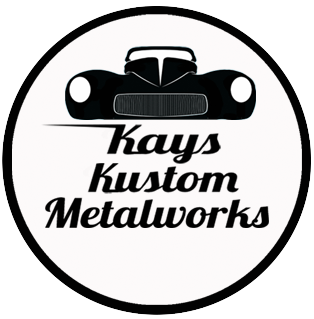Essay writing
Essay writing
What is an essay? – An essay (or response) is a short piece of writing. Essays are used to develop and expand ideas or arguments and include supporting evidence. In high school, students are given a question which they must develop an answer for in essay form.
Typical school essays include:
Discussion
Main purpose
A discussion often consists of both sides of an argument being considered. Information and opinions about more than one side of an issue must be presented.
Structure
Statement of issue (thesis):
- introduces issue and position to be argued
Arguments:
- series of paragraphs arguing for and against the issue
- recommendation or summary.
Key features
- present tense
- use of words that contrast arguments, e.g.
- however
- nevertheless
- in contrast
- on the other hand.
- actions (verbs) are often changed into things (nouns), e.g.
- explore → exploration
- recite → recitation
- we have considered → after consideration of.
- use of words that qualify, e.g.
- usually
- probably
- may
- often.
Exposition
Main purpose
To persuade by arguing one side of an issue, e.g. letter to the editor.
Structure
Statement of position (thesis):
- introduces issue and position to be argued.
Arguments:
- one paragraph for each argument or point
- reinforcement of thesis and recommendation.
Key features
- most of the text is written in present tense
- use of words that link arguments, e.g.
- in addition
- moreover.
- actions (verbs) are often changed into things (nouns), e.g.
- explore → exploration
- recite → recitation
- we have considered after → consideration of.
- use of words that qualify, e.g.
- usually
- probably
- may
- often.
Critical analysis
Main purpose
To demonstrate an understanding of the ideas expressed in a text.
Read this article about
150 Great Articles & Essays to Read Online – The Electric
https://linktr.ee/arteestudent
Structure
Statement of meaning:
- introduces ideas about the central meaning(s) of the text.
Review:
one paragraph for each aspect of the text, including
- theme/meaning
- structure
- tone
- language use
- imagery
- symbolism.
Conclusion:
- remind the reader of the key points.
Key features
- several paragraphs may need to be written about one or more aspects of the text.
- evidence, such as full quotations from the text, should be included
to support the writer’s point of view.
- use linking words at the beginning of paragraphs, e.g.
- moreover
- in addition
- another
- furthermore.
- write in the third person – avoid the use of ‘I’, ‘me’ and ‘my’.
Compare and contrast
Main purpose
To compare and contrast two texts.
Structure
Statement of position (thesis):
- introduces the key similarities and/or differences.
Observations:
- one paragraph for each key similarity/ difference.
Conclusion:
- final analysis and reaffirmation of the thesis.
Key features
- don’t simply retell or recount – show how the texts are similar or different
- include direct references to the text
- use connecting words at the beginning of paragraphs to clearly indicate similarities or differences, e.g.
- in contrast
- alternatively
- similarly
- on the other hand.
Review
Main purpose
To personally evaluate the quality of a book, film, play or website etc and to judge the effectiveness of the text to either inform, entertain or persuade a particular audience.
Structure
Title:
- an eye-catching heading to attract the reader’s attention
- The heading may be a pun on the title of the work being reviewed.
Context:
- a paragraph identifying the work and important details, such as the name of the director/ author, actors and publisher.
Text synopsis:
- a series of paragraphs that provides a selective summary of the content of the text
- main events are outlined and major characters are introduced.
Judgement:
- a final paragraph (or two) which summarises the reviewer’s opinion of the text.
Key features
- most of the text should be written in present tense
- first person, e.g. I/my may be used
- descriptive language for characters, setting and events, and the making or production of the text
- a plot summary which doesn’t reveal the ending or surprise elements of the work
- a discussion of the author, director, designer or actors
- use of technical and topical words, such as:
-
- film – director, viewer, script, dialogue, special effect, lighting, scenery, actors.
- book – incident, novel, author, setting, main characters, language, chapters. that provides a selective summary of the content of the text. Main events are outlined and major characters are introduced.
- website – links, surfing, scrolling, URL, pop-ups, ncbme.com portal, purpose, author/producer/ designer, colour, graphics, functionality, content.
- a recommendation for the audience to view, read or listen to the text.


Leave a Reply